This journal is part of the world class Physical Review series published by the American Physical Society. Robert Beichner is the founding editor and has worked with a impressive group of PER experts serving as the Editorial Board.After seven years, he handed the editorial pen (keyboard) over to Charles Henderson.
The existence of the journal helpd establish the credibility of the PER field. Its high standards help tenure and promotion committees validate the quality of work done by researchers in PER. If you are thinking of writing an article for the journal, take a close look at the detailed guidelines provided to referees. It is critical that the lofty standards already established for the APS journals be maintained and high quality reviews help make that happen.
The website for the Student-Centered Active Learing with Upside-down Pedagogies (SCALE-UP) project has about 2000 members with full access. It contains over 100 research papers and instructional materials for those interested in adopting our pedagogy.
The PER Community Enhancing Network for Teaching, Research, And Learning (now you know why we call it "PER-CENTRAL") was created by Robert Beichner as a place where scientists can find the latest findings in physics education research. This web-accessible database contains articles and dissertations describing studies of the teaching and learning of physics. It is the "homebase" for the PER field.
Former post-doc Vince Kuo now serves as editor of this site.
WebAssign is the most well-known web-based homework delivery system in the world. Each day, more than 50,000 individual students log into the company's many servers. The complex set of computer codes that deliver text, graphics, movies, and animations grew out of the dissertation work of graduate student Aaron Titus, along with the database wizardry of sabbatical visitor Larry Martin. There was clearly a demand for this type of service, and faculty member John Risley made WebAssign one of the most successful "spin-offs" of the University's research.
This special software module adds easy 3-D graphics to the widely used Python programming language. Students create objects likes sphere and then "teach" them to interact using the laws of physics. VPython was first created by David Sherer at Carnegie Melon University. Bruce Sherwood is the gatekeeper of this open-source project and facilitates the incorporation of new features to improve the software's use in education. Undergraduate Jonathan Brandmeyer made many enhancements to the module. It runs on Windows, Mac OS X, and Linux, and is freely available. Another option is to use GlowScript, which does almost all that VPython can do, only in a browser window.
Colleen Countryman developed an app for cellphones that allows students to use their device's built-in sensors to measure acceleration and other physical parameters. More information is available at the MyTECH website.
Colleen Countryman collaborated with Wolfgang Christian and Francisco Esquembre to create an electronic book that discusses the built-in sensors in cellphones and lets students explore how they work. More info can be found here.
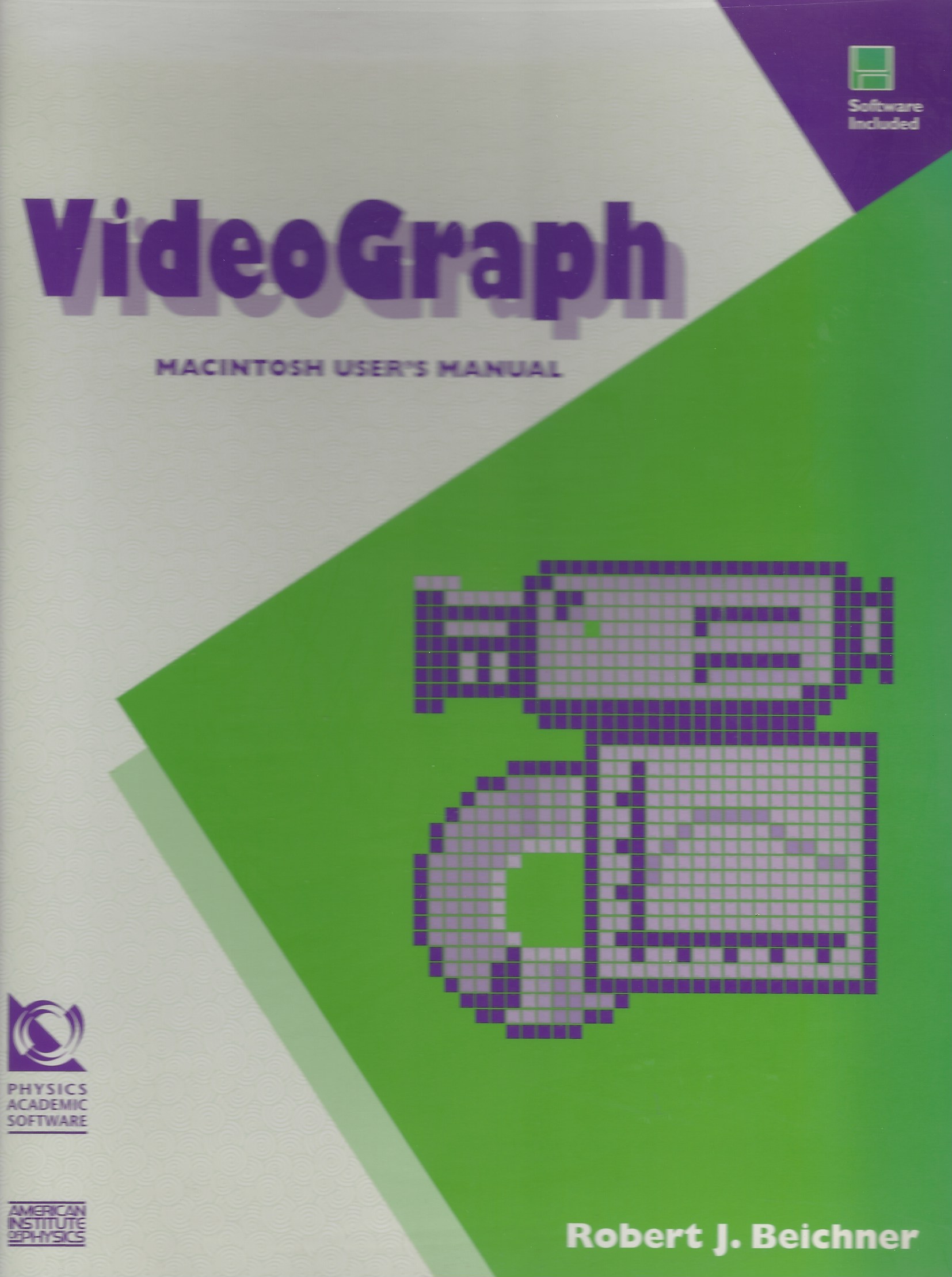
Robert Beichner invented the pedagogical appoach known as Video Based Labs in the mid-1980s, with the first verion of VideoGraph. His software allowed students to track the motion of objects in videoclips. It was created as part of a research project that exploited peoples' visual perception of motion as a means to facilitate learning. More than a dozen commercial software packages utilize now this approach. The most popular are VideoPoint and LoggerPro.
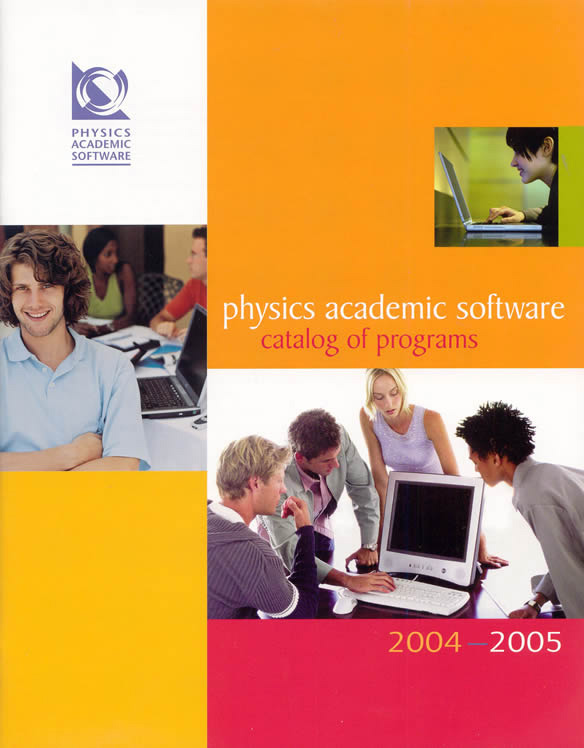
John Risley edited many instructional software packages that have been written by physicists from around the world. Offered by the American Institute of Physics, the American Physical Society, and the American Association of Physics Teachers, this peer-reviewed collection offerd some of the best instructional software available at the time.
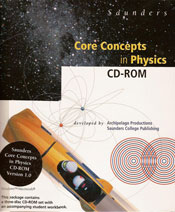
S. Carlson, John Risley, John Gastineau, and Robert Beichner produced problems and detailed systematic solutions for this multiple-CD set from Brooks-Cole publishing.
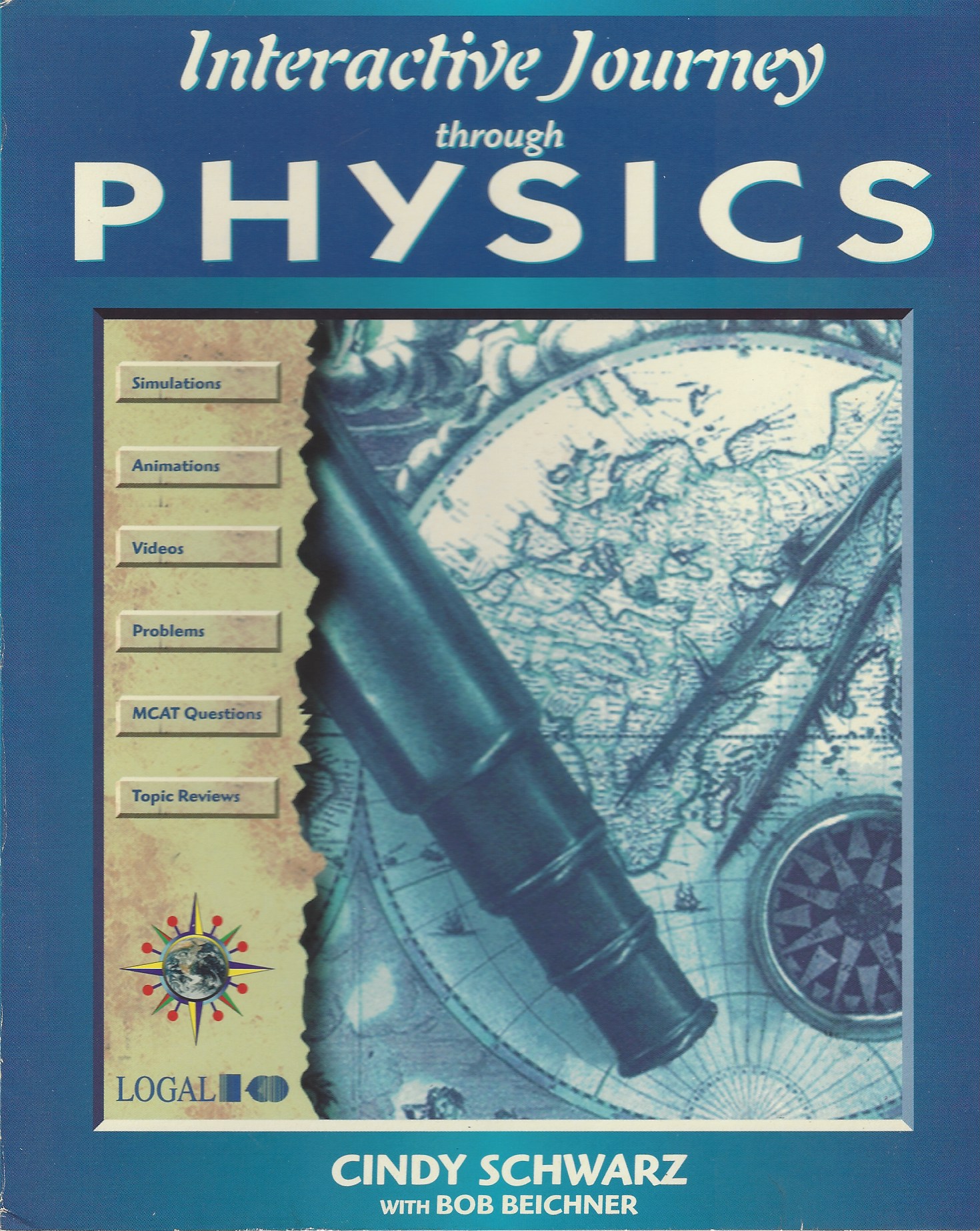
Cindy Schwarz and Robert Beichner created a set of instructional materials called Interactive Journey through Physics in 1997. The two CD set included a substantial number of complex simulations. Click here for more info.
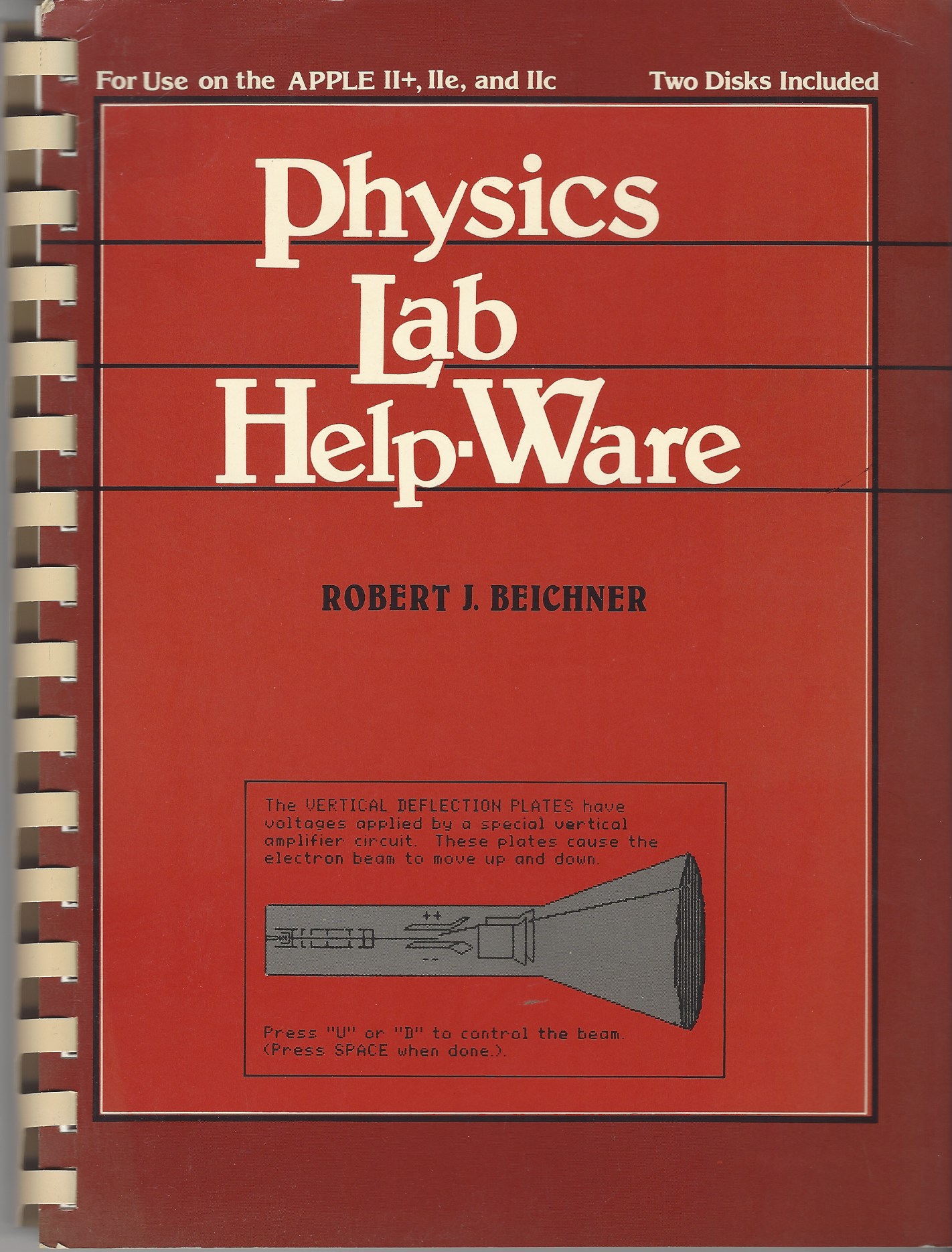
Robert Beichner wrote Physics Laboratory Helpware back in 1985 for Prentice Hall. It was a comprehensive set of more than 20 programs that ran on the Apple ][ microcomputer. Although ancient by today's standards, it had many modern features including detailed simulations of physical phenomena along with the ability to read sensors (the computer's game paddles as well as thermisters and photocells) that were plugged into the computer.